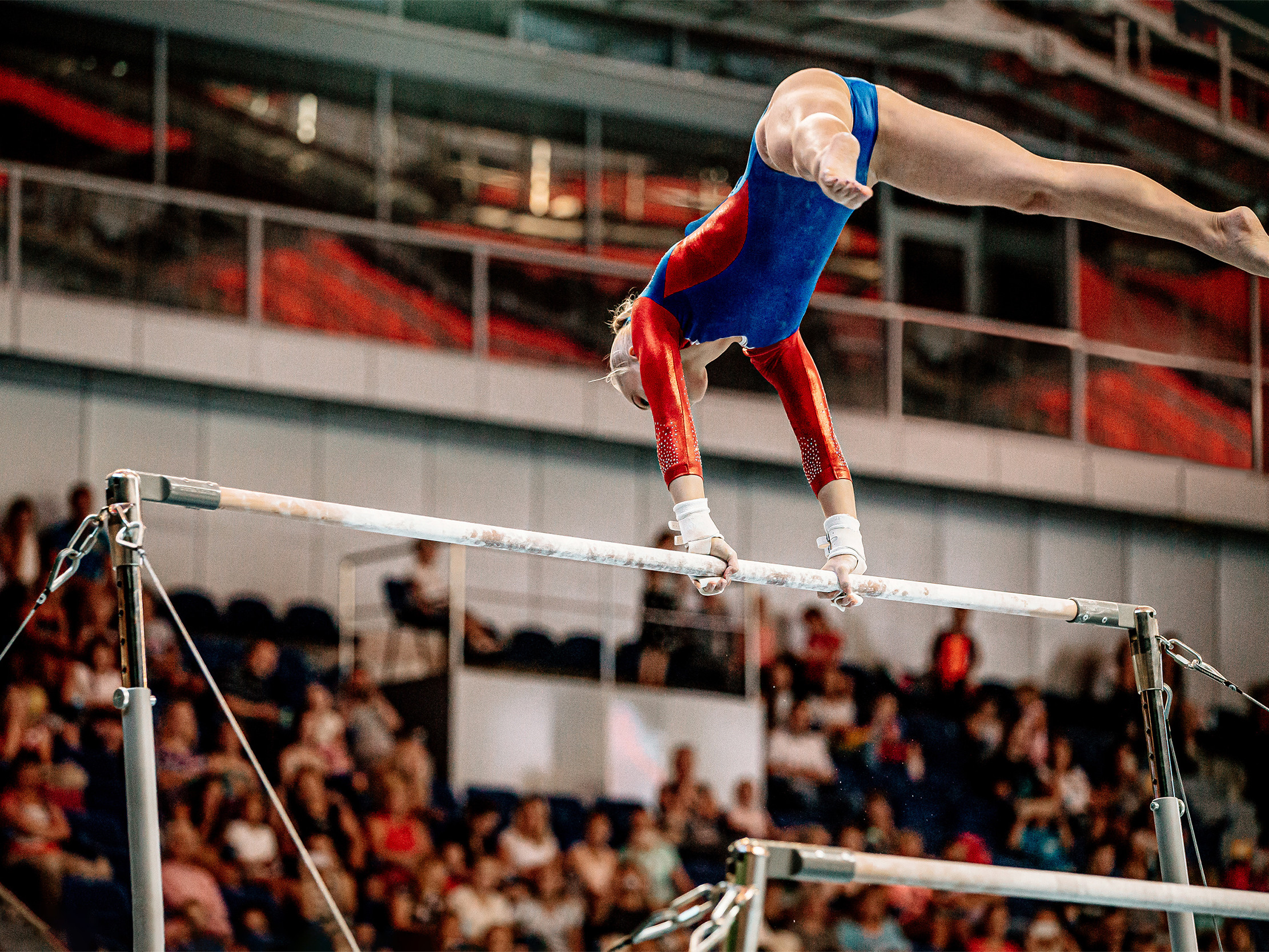With the introduction of over-arching roles such as Sporting and Performance Directors as guardians of a club or team’s vision, identity and longer-term success we have seen a shift – by those who buy-in to the need for a more strategic overview – away from transactional decision-making to more thoughtful recruitment.
This is obviously good news for us, given we founded our business on the premise that the rigour and process found in search within the corporate world was often lacking in sport, where who you knew all too often trumped what you knew, and what you had done held more value than what you were capable of. But it’s even better news for the industry.
Here, we explore how hiring practices should be evolving in an era of multi-disciplinary teams; where cultural fit and diversity of thought offer as much competitive advantage as calibre in an often complex and dynamic environment.
From a Knee-jerk Moment of Panic to Taking Time to Reflect
Clubs who take time to understand what skills and capabilities already exist in their building; what others have that they may want or need; where other sports and other geographies have taken their thinking; and crucially how a role may have moved on since they last hired into it, invariably start with a better and more considered brief. Understanding the size and shape of the gap, as opposed to constructing an ideal person out of context is critical to building high-performing teams.
No candidate is ever more than an 80% fit against a theoretical position – understanding this, and where the 20% could lie means understanding who else is already there to support them, whether the rest of the team are in the right roles, what training or mentoring could be given and where the flex exists in the organisation.
No candidate is ever more than an 80% fit
It also requires a clear view of what success looks like and the route to achieving it. Taking time to pause and reflect when someone leaves can feel like a luxury. But in finding time to seek clarity and alignment, to ask good questions and challenge assumptions, you save it in the long-term, and sometimes discover you don’t need to hire at all as the answers already exist within. The wrong hire is not only costly, but can be catastrophic.
Know Yourself, Know Your People
No matter how many lines on a job description are devoted to specific skills required or key responsibilities to be met, every role is 50% capabilities, 50% cultural fit. Knowledge can be transferred, experience gained, skills developed. But no one can thrive in an organisation where values aren’t shared and aligned.
Every role is 50% capabilities, 50% cultural fit
When I worked in the corporate sector, I was lucky enough to count LEGO and Amazon among my clients. While their briefs were often similar in terms of the innovative and digital skill- and mind-sets of the people they were looking for, what it took to lead in the two cultures varied dramatically. Anyone can learn to say ‘we’ when they mean ‘I’ in an interview, and vice versa, but playing that game day in, day out, in a fast-paced environment is exhausting.
Diversity of Thought as a Business Imperative
Really considering personal fit doesn’t mean hiring from an un-diverse pool – quite the opposite. And could mean choosing to hire someone who feels counter-cultural in contrast to the above – that works too, as long as you, and they, know they have been hired to create challenge and change, and the frameworks are in place to support them. Diversity is not just an ethical and moral imperative but a business one.
Competitive advantage is gained when clients hire a range of experience and consider how to foster diverse thinking and different perspectives, bringing in those who can ask good questions and focusing on understanding the demands of the game, as opposed to the traditions of the sport – something the FA have shown with great success over recent years, bucking the trend from hiring ‘football’ people to focusing on hiring the best people, whether they have come from their sport or others such as rugby union, the EIS and cricket.
Understanding the demands of the game, as opposed to the traditions of the sport
That’s not to say being cognisant of the age, gender and ethnic make up of your workforce isn’t important, but quotas can disguise groupthink if experience and lens aren’t also taken into account. When looking at those we consider to be the best leaders in the performance space, the thing many have in common is not where they have worked, or who they have learnt from, but the fact that they have moved across sports and geographies, gathering different knowledge and experiences while remaining true to themselves and their personal values.
From ‘What’s the Solution?’ to ‘How Many Solutions are There?’
The organisations that are fit for purpose are those who have abandoned the idea of the heroic leader in favour of a greater focus on team dynamics. One person can’t, won’t and shouldn’t have all the answers and there is a need to build collaborative teams of experts and generalists. This goes back to the 80% – understanding people’s weaknesses and areas for development, as well as their strengths, and ensuring the team has all that is required, not just one individual. Multi-disciplinary teams should be just that – and part of a bigger system where the different parts pull together and can operate independently and symbiotically as required.
We recently completed a search for two roles with very specific academic requirements given the technical nature of the briefs. Rather than matching the specification as expected though, the end hires were a pair who have never met but could clearly work together as a team, complimenting and strengthening each other while fitting the culture perfectly. Neither one could have got the role alone.
From Search to Selection
For the above reasons, we are increasingly working with clients to help select the best candidates as opposed to searching across the board for the ‘right’ skills and capabilities. Much of the latter is already known within the world of performance sport, and the increasing use of analytics and objective measures, for example in a Head Coach process, can often get us to a shortlist fairly quickly especially where there is a discreet candidate pool and less room for lateral thought. But choosing the right candidate, at the right time and within the context of the brief is far harder.
This is where the subjective comes in, the good questions, the understanding of your gut and what its years of experience and subconsciously absorbed data is telling you. The grey. And once again it brings us back to time – taking a few extra days, weeks to ensure you have covered the market; to have really understood your own brief, team and needs; to put together an assessment panel of stakeholders who see the world differently but share the same view; to understand what you have already and how the team can support the hire – and the hire will support the team; to have selected the best candidate, and not just searched for them.
So How is the Recruitment Process Changing?
The teams we work with who are getting it right are those who are moving from a focus on management to a focus on leadership in its truest sense. To building teams who together can find the answers, not having to have all the answers themselves. From maintaining the status quo, to seeing what’s possible.
As they shift their priorities internally from just short-term success, to a broader view encompassing longer-term planning and a sense of what it really takes to win, they are also shifting to properly planning their hires, rather than just filling their vacant roles.
This means asking the same questions of themselves and their assumptions as they would want a successful candidate to ask them of their organisations.





